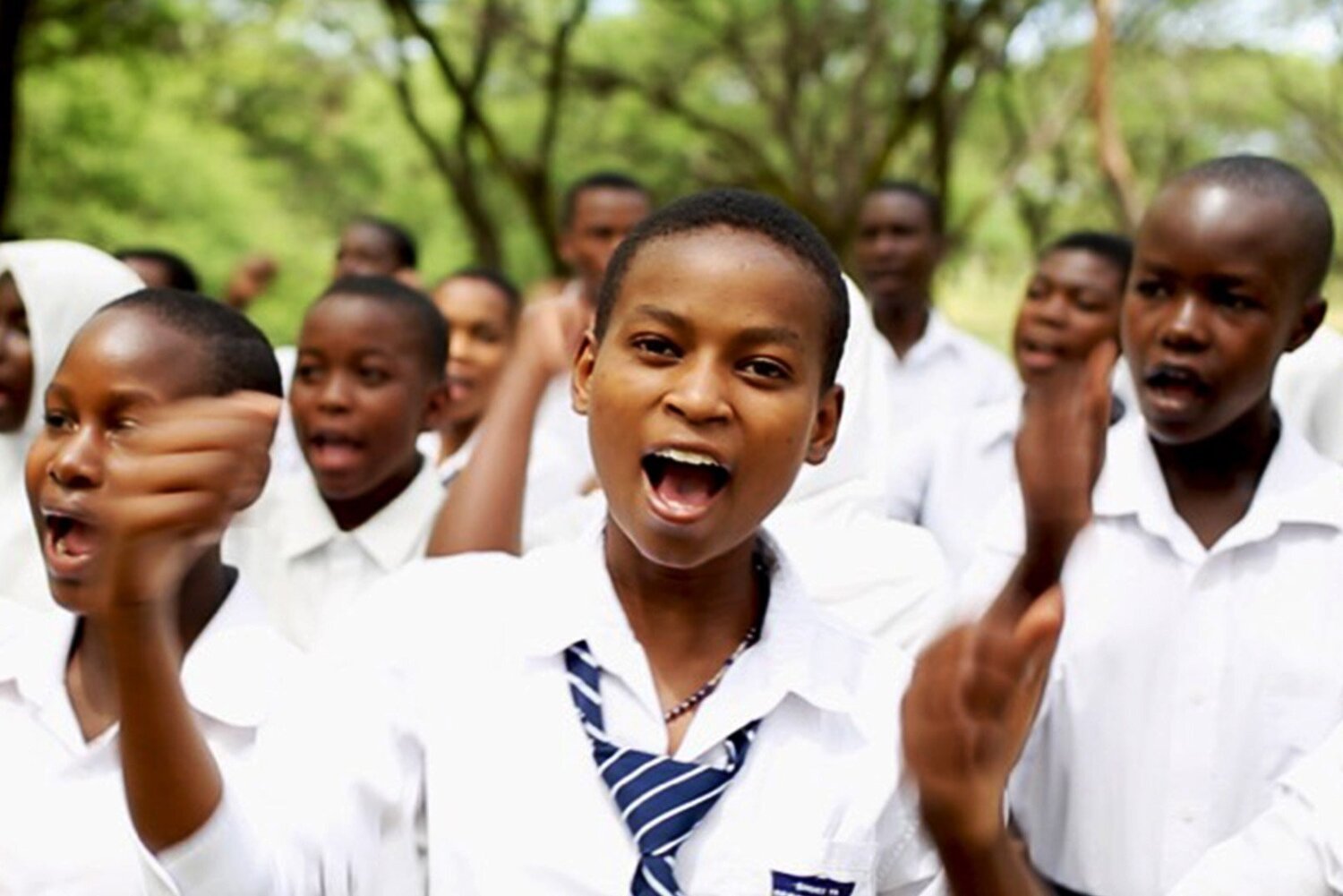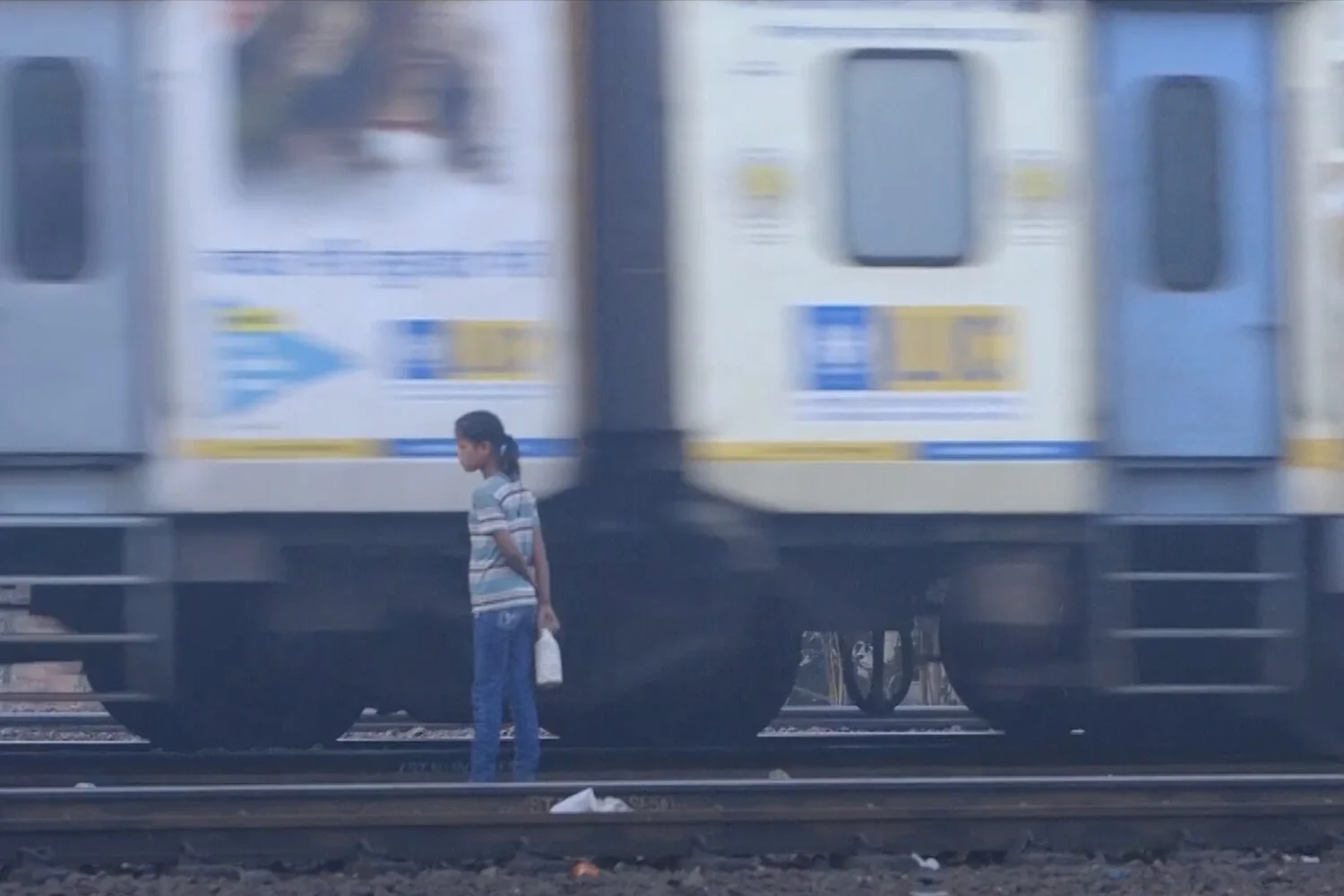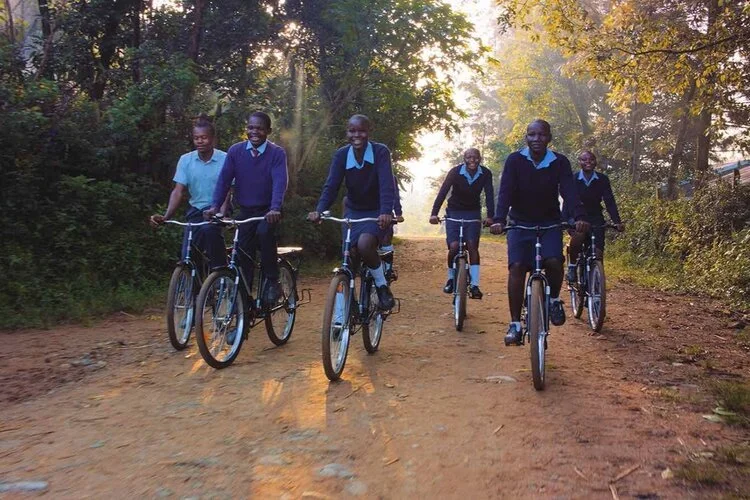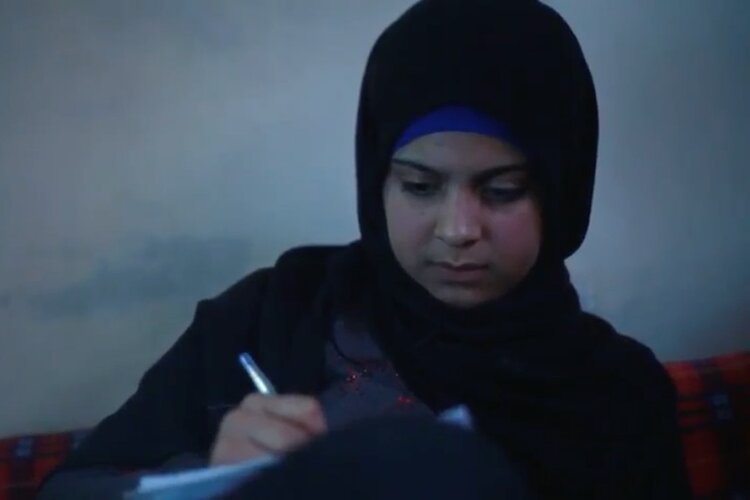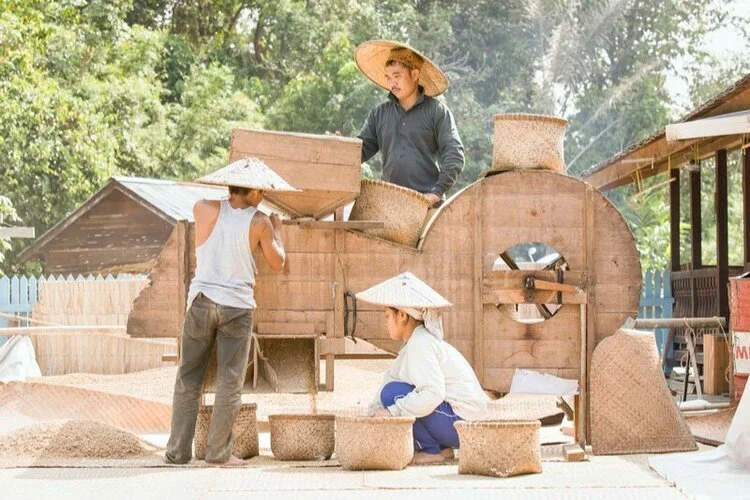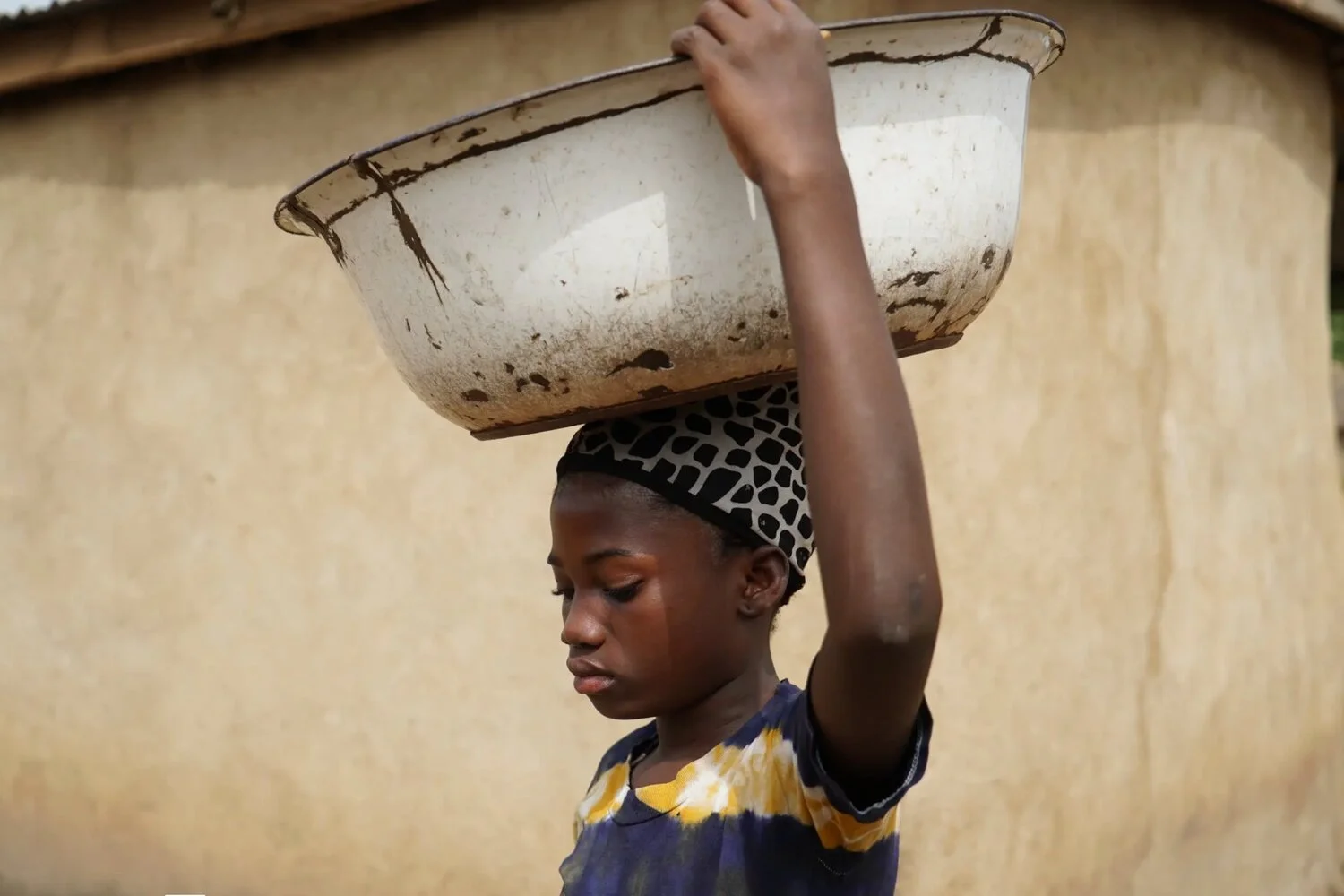7 for 7: Stories of Hope!
Shahril Hassan reflects on the current novel coronavirus situation in Singapore & recommends a list of inspirational documentary shorts from around the globe; 7 Stories for 7 Days of the Week.
“Just as despair can come to one only from other human beings, hope, too, can be given to one only by other human beings.” - Elie Wiesel
The novel coronavirus puts us all in a precarious situation. As we grapple with the uncertainty that this crisis brings, it is easy for any one of us to react out of fear, insecurity or even anger.
We have witnessed a tsunami of vitriol expressed on social media platforms. From xenophobic sentiment to the outrage aimed at locals stockpiling supplies, such remarks have primarily remained in the online space.
However, this negative attitude seems to have manifested itself in real life as well. There have been emerging accounts of individuals who avoid or even mistreat health care professionals. As the crisis escalates, there is a high likelihood this trend might continue.
All of us must collectively combat the negativity with love and kindness. Let us not allow fear to blind us from our common humanity.
During this tumultuous time, I have curated a list of seven documentary shorts available on SIMA Classroom* for you to watch each day of this week. The narratives speak of hope, courage, agency, community, and the resilience of the human spirit!
My hope is that the stories inspire in you a sense of positivity and compassion despite these trying times; where you might be a source of hope to others who might need it.
With Hope, Love & Joy,
Shahril Hassan
*SIMA Classroom gives you access to over 160 award-winning short documentaries and VR experiences, bonus features and lesson plans that bring global human rights issues, the Sustainable Development Goals (SDGs), social innovations and entrepreneurship to life. This diverse and expansive “Netflix of social impact education” offers an unprecedented collection of contemporary current-affairs media that give students a first-person insight into the pulse, the people, and the movements behind today’s global issues, taking them from empathy and critical thinking to action.
Curated from over 140 countries around the globe, and selected from the finalists and winners of the annual international Social Impact Media Awards, SIMA Classroom films are the gold standard of social-issue cinematic storytelling. You may subscribe for a free 7-Day trial to access the films.
#ISURVIVEDEBOLA
2015 | LIBERIA | 5 MINS
Foday Gallah is training to become an anesthetist. While in school, he supervised six ambulances in Montserrado County, Liberia. Though difficult, the work bore few health risks. In June 2014, when the Ebola outbreak reached Montserrado, this changed. With too few ambulances, Ebola Treatment Unit (ETU) beds and specialized healthcare workers in Liberia to tackle the growing epidemic, Foday decided to stay in his position. This decision nearly cost him his life when he put everything on the line for a four-year-old stranger. Foday’s heroic actions placed him in the December 2014 TIME Magazine “Person of the Year” edition.
DISCUSSION QUESTIONS
How did Foday communicate? How did this save lives?
How did Foday protect himself and others? How did this save lives?
How did Foday reintegrate? How did this save lives?
GIRLS IN CONTROL: TANZANIA
2015 | TANZANIA | 5 MINS
On any given day millions of girls and women worldwide are menstruating. In Tanzania, 75% of rural schoolgirls never used commercial sanitary pads. This is a striking story of Vanencia, a 14-year-old student. As the leader of the school Health Club she aims to break the silence on menstruation - with success.
DISCUSSION QUESTIONS
What is the impact on girls and women not having access to basic necessities (e.g. sanitary pads)?
Who were the key stakeholders in this initiative? What were their roles?
How can we implement effective sex education programmes in rural and/or urban environments (e.g. in school, at home, and on a societal level)?
ACROSS THE TRACKS
2014 | INDIA | 18 MINS
One year on from the launch of the Clean India campaign, with its ambitious target of a toilet for every household by 2019, WaterAid explores how something as simple as a toilet can help transform lives. Radha Verma, determined to protect her daughter after she narrowly escapes a physical attack, builds one of the first toilets in Rakhi Mandi slum, home to 3,500 people. Radha’s story shows that change is possible, even in a challenging urban environment, and that ultimately everyone, everywhere needs a safe place to go to the toilet.
DISCUSSION QUESTIONS
What are the consequences of not having a toilet & inadequate sanitation in a challenging urban setting?
What is the impact of not having a toilet for women in particular?
What are the contributing factors to the success of the campaign in Rakhi Mandi slum?
A WAY FORWARD
2016 | KENYA | 6MINS
Many of us take the bicycle for granted. Not so for students like Diana and Angela in Kakamega, Kenya. These brave young women used to have to walk hours to and from school, dodging the predatory advances of motorcycle taxi drivers, and often arriving exhausted and terrified of the return journey. Now, thanks to the bicycles that they received from World Bicycle Relief, these hurdles have disappeared. A Way Forward tells Diana and Angela’s story through the voices of three generations of women working to empower the girls in Kakamega to pursue their dreams.
DISCUSSION QUESTIONS
What would your life be like without access to appropriate transportation? If you had to walk to school/work, to get water, etc…
How have you encountered gender inequality/discrimination/violence in your own life?
What can we as a society do to be more open about discussing and confronting these issues?
CROSS WORLD
2018 | LEBANON | 6 MINS
Cross World is a short film highlighting the experiences of refugee women. An intimate conversation between two refugee girls who have never met. Aya, a 14-year-old Syrian refugee girl and, Justinah, a 23-year-old South Sudanese refugee girl shares the same story. Today in Lebanon, Aya is forced to marry at the age 14, she finds hope in Justinah who went through the same experience when she was a child. Today in New York, Justinah is attending the CSW to raise Aya’s voice to end Child marriage.
DISCUSSION QUESTIONS
How do you think close relationships or friendships affect our ability to deal with the struggles and stresses we face in our lives?
How can we begin to have constructive conversations with, and provide support for, marginalised individuals/groups?
HOPE
2014 | INDONESIA | 7 MINS
The indigenous people of Sungai Utik, a Dayak Iban community in West Kalimantan, Indonesia, have maintained a strong traditional connection to their forests despite continuous pressure from logging and palm oil companies intent on taking their land. Their forests remain intact and their traditional values are keeping their community together. If we want to keep forests we need to trust and support communities like the indigenous Dayak Iban. As they tackle the impacts of climate change, through the sustainable forestry traditional both to their culture and to their understanding of nature, they can offer us climate solutions and hope for the future.
DISCUSSION QUESTIONS
How can we be more in tune to the natural environment around us?
How can we nurture greater collective agency in our own communities?
KAYAYO, THE LIVING SHOPPING BASKETS
2016 | GHANA | 30 MINS
Kayayo means “girl-carrier” in the Ga language. In the capital of Ghana, 10,000 girls from the ages of 6 work as real life shopping baskets – called Kayayo. This documentary is about Bamunu, an 8-year old girl who hasn’t seen her family since she was sent away from home two years ago to work as a Kayayo to support her family. We follow her incessant longing to get away from the harsh markets, her journey back home and what awaits there.
DISCUSSION QUESTION
How do we ensure that we do not support child labour in our own lives?
What can we learn about hope from Bamunu?
What would be in your shopping basket of hope?


